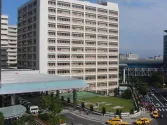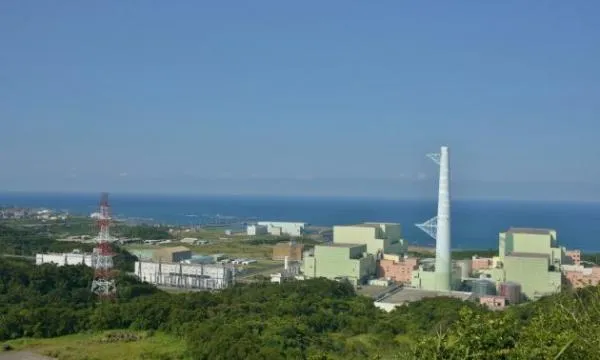
Active fault lines may hinder opening of Taiwan's No. 4 nuclear power plant
The power plant has been stalled since 2014 due to public opposition.
Active fault lines surrounding Taiwan’s No. 4 nuclear power plant could further halt motions to activate the plant, a report by Focus Taiwan News Channel revealed.
A geological survey conducted by a government unit confirmed that there are five active faults near the mothballed power plant in New Taipei’s Gongliao District.
“For safety reasons, therefore, the No. 4 nuclear power plant should not be activated as suggested by Kuomintang (KMT) presidential candidate Han Kuo-yu and some advocates of nuclear energy,” Chen Wen-shan, professor at National Taiwan University’s department of geosciences, was cited.
The report noted that if the government ultimately decides to proceed with the nuclear project in New Taipei, the plant would not be able to withstand a strong earthquake.
In 2011, the local government requested state-run Taiwan Power Co (Taipower) to have the Central Geological Survey (CGS) conduct a survey in the area surrounding the No. 4 nuclear power plant following the Fukushima Daiichi nuclear disaster in Japan.
In November 2018, the Taiwanese electorate voted to repeal the Democratic Progressive Party's (DPP) Nuclear Phase-Out Act, which stipulated that all nuclear power generation facilities 'shall cease to operate by 2025'. The referendum was held together with the country's local elections, with the DPP performing poorly and president Tsai Ing-wen’s resigning as the chairwoman of the DPP as a result.
In May 2019, the Legislative Yuan amended the provision of the Electricity Act following the results of the referendum.
“In the aftermath of the Fukushima nuclear incident a lot of Taiwanese people voiced for the abandonment of nuclear at all costs, but now it seems that majority of the Taiwanese people prefer the commissioning of the fourth nuclear power plant and decommission some of the larger thermal power plants to reduce pollution, for example the Taichung Power Station, which has a capacity of 5,824MW and was the largest thermal power plant in the world for a long time but now second largest,” John Yeap, partner for Pinsent Masons, said in a previous interview with Asian Power.
That said, Daine Loh, analyst for Fitch Solutions, noted that the nuclear phase-down policy will continue for the time being despite the developments, as the government remains committed to achieving a nuclear-free Taiwan.

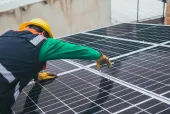
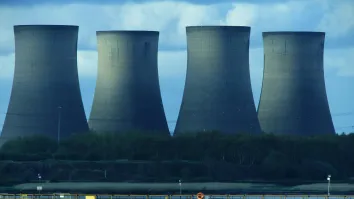
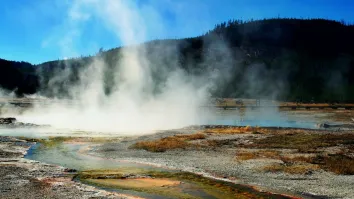

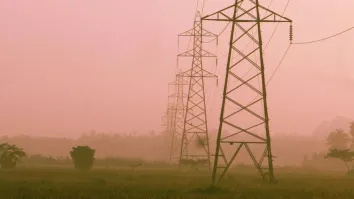
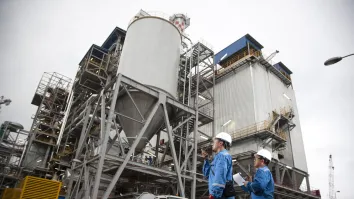
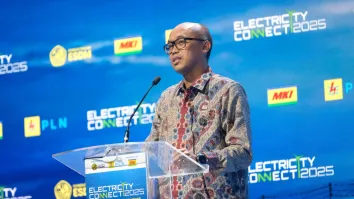
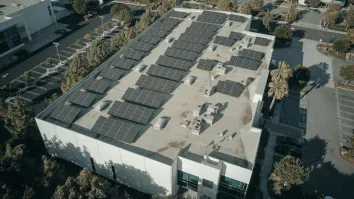


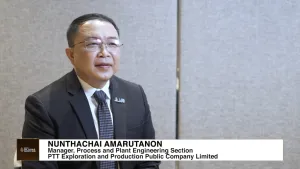


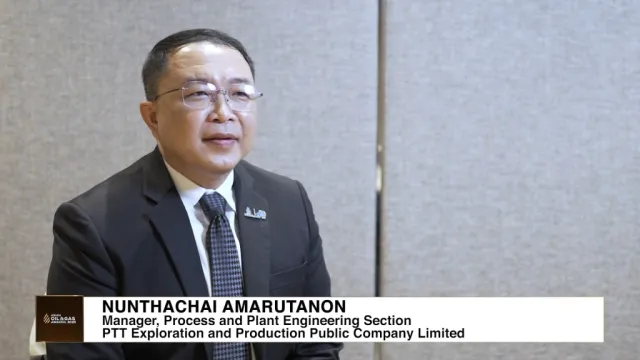

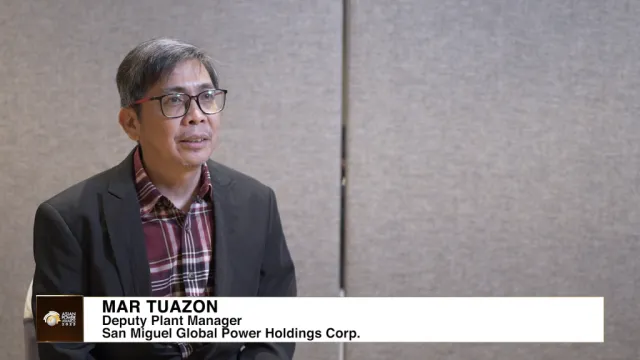
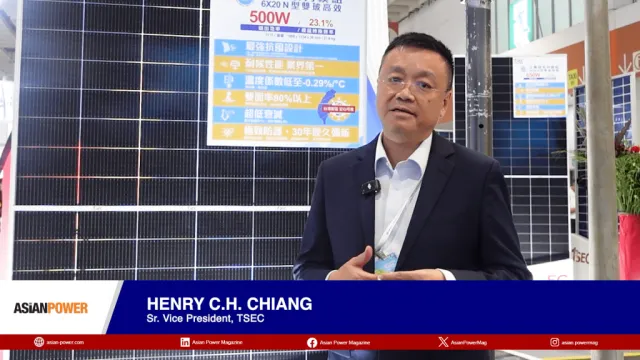

 Advertise
Advertise






